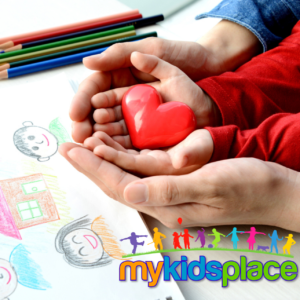As a pediatric physical therapist (PT), it is natural for me to approach my clients with a “whole-child” perspective. A child does not come to a physical therapy appointment and leave their behavior or limited attention span at home. This is especially true for children with autism spectrum disorder (ASD). Therefore, I have learned how to “zoom-out” when assessing a child in order to successfully relate a child’s specific goals within the context of their everyday lives.
How ASD and Motor Skills
Not long ago, children with ASD were only being treated by occupational therapists and speech-language pathologists. Behaviors, sensory processing, and speech are often the most apparent differences observed in children with ASD, but they certainly are not the only things pediatric specialists can help address. Previously, children with ASD were rarely referred to PT unless their motor deficits were severe. Many of these kids were just considered “clumsy” and that intervention was unnecessary or not a priority. We now see referrals increasing as a result of better understanding how those deficits impact a child’s ability to participate. As a profession, I am happy that PTs are beginning to advocate for referrals for children with ASD. PTs can be helpful in allowing your child to fulfill their most important job: to PLAY!
Motor play can have significant cascading effects on social skills such as spontaneous smiling and spontaneous verbalization directed toward others. Children with ASD seem to enjoy creative activities and, as a result, to have fewer maladaptive behaviors such as noncompliance, self-injury, and aggression. ~Anjana Bhat, PT, PhD, MS (1)
Some of the common gross motor skill concerns I see in my clients with ASD are differences in walking, ball skills (catching, throwing, bouncing), and figuring out how learn new skills like jumping jacks. Some children also have tighter muscles and joints that increases their risk for injury. While these specific things are all important to address, it’s more important to understand that motor skills provide a framework for the development of so many other skills. Most importantly, making sure kids are in the best position to socialize, participate with peers, and make friends.
Motor Deficits and Social Function
If you take a child with impairments in verbal and social skills, and then, on top of that, they also have motor problems, they are really at a disadvantage when it comes to physical play–the kind of play, in sports and on the playground, that can be the key to making friends and learning to participate in social activities. ~Shelley Goodgold, PT, ScD (2)
Think about ball skills…Throwing and catching a ball, or kicking a ball may seem unimportant compared to other goals for children with ASD. However, these skills have a very important element–a person at the other end of that throw or kick. Helping a child learn to play catch not only improves their coordination, but allows them to interact in social games.
Quality of Life
One of the most devastating concerns parents have told me is that their child is being bullied. Kids at school make fun of their child for walking differently or not being able to keep up in PE. If I can help a child stop walking on their toes so that they feel more confident at school, I do not need any more reason to do so. Yes, this will be better for their joints and muscles in the long-term, but to me that is just an extra benefit.
So, if you have had any of these thoughts:
- I wish my child wasn’t bullied for walking differently.
- I just want to play catch with my kid.
- It would be great if my child could keep up to participate in team sports.
…Consider referring them to a local pediatric PT. We’re here to help! 😊
References
- Ries, Eric. “Physical Therapy for People with Autism.” PT in Motion. July 2018. http://www.apta.org/PTinMotion/2018/7/Feature/Autism/
- Hayhurst, Chris. “Treating Kids with Autism.” PT—Magazine of Physical Therapy. December 2008. http://www.apta.org/PTinMotion/2008/12/Feature/TreatingKidsWithAutism/ *Article locked for APTA members only



